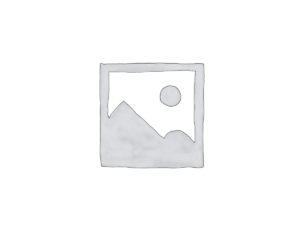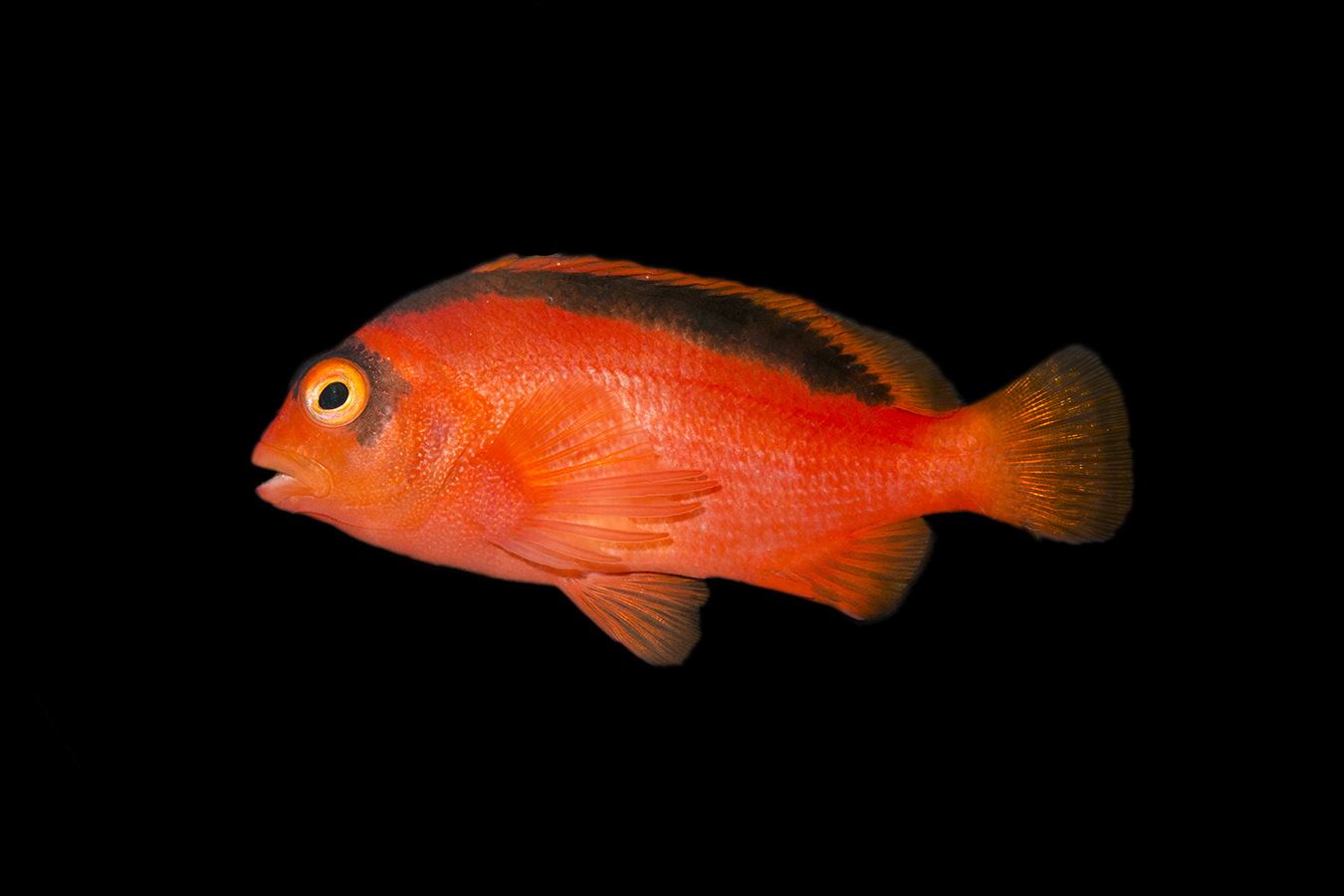Related products
Flame Hawkfish
Please Note: Due to variations within species, your item may not look identical to the image provided. Approximate size range may also vary between individual specimen.
Deep dive >
Quick Stats
- Dietry Requirements
- Compatible With
- Maximum Fish Size (cm)
- Minimum Tank Size (L)
- Same Species Aggression
- Other Species Aggression
- Care Requirements
The Flame Hawkfish has a bright red body with dark markings along the dorsal fin and around the eyes. They are a very personable fish, and are great for reef aquariums as long as there are no small shrimp maintained in the aquarium.
It requires a 100 litre or larger aquarium with plenty of live rock for structure and hiding. They are mostly a peaceful fish that spends most of its time perching and swimming within the branches of hard corals. Use caution when adding to an aquarium with small species of bottom dwelling gobies and blennies. They are bottom dwellers and tend to “hang out” on rock perches, waiting and readying themselves for food to come by.
The Flame Hawkfish diet should include a variety of marine meats, frozen preparations, and live feeder shrimp.

